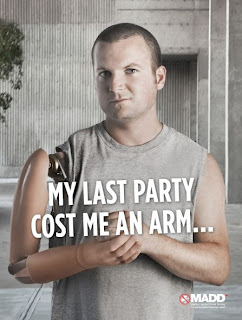This chapter discusses the differences between PR practice in Western countries and the Southeast Asia region. In the text, it is mentioned that no one theoretical model can cover all aspects of Asia's public relations and this stems from the sole reason that Asia is a vast place. There are differences in culture, differences in democracy and how the country is being run, and the differences in markets and global trading landscape.
The promotion of the FeiYue brand is the perfect example of the need to adjust PR plans accordingly to various cultures. FeiYue, being originally a China brand bought over by the French, has to be pitched differently in Europe and in Singapore due to consumer's varying perspective of the brand. Nicholas Seguy, co-founder of FeiYue, mentioned in his brief that in Europe, products with Asian origins are considered exotics and nice, whereas in Asia, it has a negative stereotype. He also mentioned that consumers' preferences in Singapore cannot be predicted based on the situation in Europe due to these cultural differences.
Understanding this chapter warns me to do sufficient research for my PR plan. It helps that I am a Singaporean, hence able to understand the cultural roots of Singaporeans.
"What draws us to an event?"
" What impression do we have of this brand?"
" What motivates me to change my behavior?"
Of course, planning a strategy cannot only be based on the 'ME' factor, but with research and analysis, fully understand the construct of the local society.
By doing so, it will be easy to target a specific community as your audience.
Here are a few pictorial representations of the differences between the Westerners and Asians.
Lifestyle
Retirement Life
Self Ego
Punctuality
Queuing
When at a party
What they think is cool (identical to FeiYue's dilemma)
















